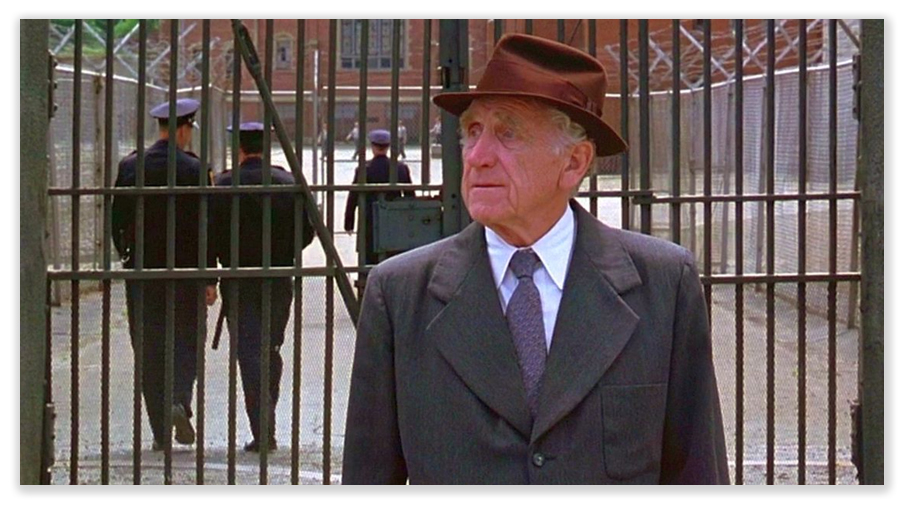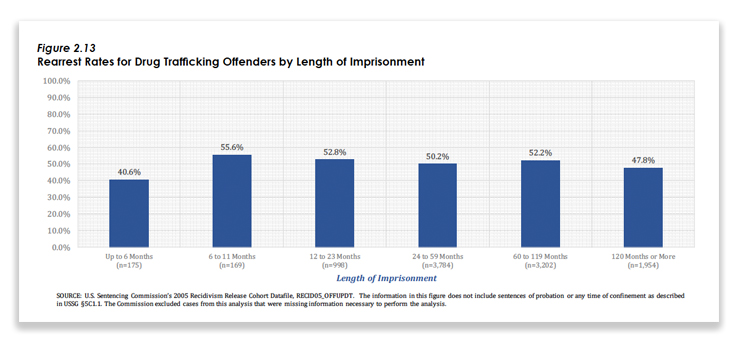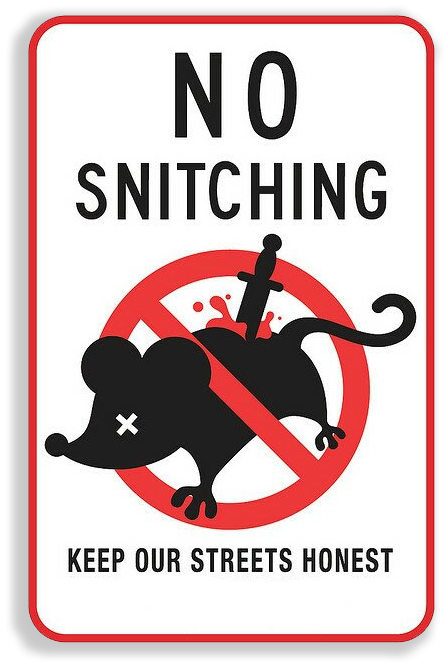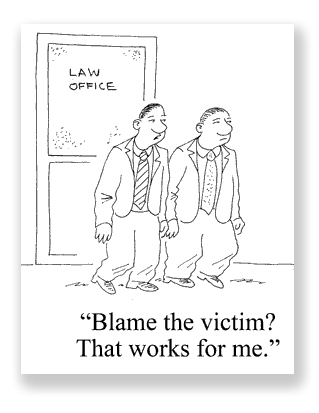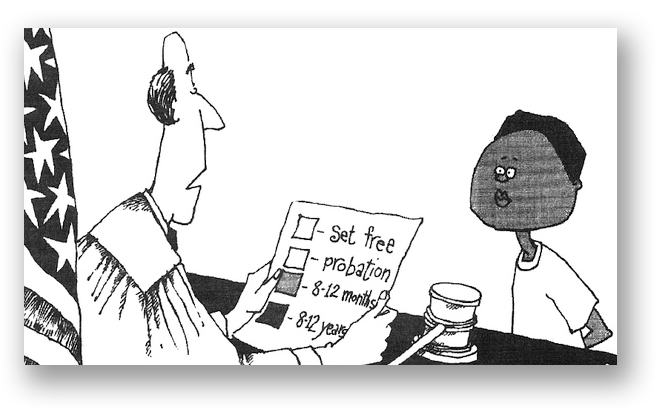We post news and comment on federal criminal justice issues, focused primarily on trial and post-conviction matters, legislative initiatives, and sentencing issues.
A SHAKESPEARE FESTIVAL
Bruce Swisshelm signed a plea agreement to resolve his bank fraud indictment. It included the fairly Government promise not to argue for a sentence above the top of the Guideline range, and the defendant would not argue for a sentence below the bottom.
 Bruce’s sentencing range was 57-71 months, but his attorney vigorously argued for a downward variance and bombarded the court with letters from the community attesting to the fact that Bruce was a great guy. The Government objected to her tactics, arguing that defense counsel’s arguments and the letters violated the plea agreement. Bruce’s lawyer disagreed, saying the agreement only prohibited her from arguing for a downward departure, and all she was asking for was a variance.
Bruce’s sentencing range was 57-71 months, but his attorney vigorously argued for a downward variance and bombarded the court with letters from the community attesting to the fact that Bruce was a great guy. The Government objected to her tactics, arguing that defense counsel’s arguments and the letters violated the plea agreement. Bruce’s lawyer disagreed, saying the agreement only prohibited her from arguing for a downward departure, and all she was asking for was a variance.
Variance, departure? A difference, is it not? Bruce’s attorney was undoubtedly emulating Renaissance lawyer Juliet, who once argued, “What’s in a name? That which we call a rose, By any other name would smell as sweet.” And there is little doubt the judge found her arguments as sweet as a rose: despite the 57-71 month Guidelines range and the terms of the plea agreement, the court sentenced Bruce to 12 months and a day.
The Government appealed, arguing in essence, “Lord, what fools these mortals be” if they think they did not breach the plea agreement. Earlier this week, the 8th Circuit agreed.

The Court of Appeals admitted that there are a lot of case out there holding what’s to be done when the Government breaches a plea agreement, but that it had never decided the appropriate remedy when the defendant violates the deal. The Court said, “We do not now decide the proper remedy for any future defendant’s breach of a plea agreement, but in the particular circumstances of this case we decline to treat Swisshelm’s breach of the plea agreement differently from a breach by the government.”
A governmental breach of a plea deal always carries with it constitutional due process concerns. Those concerns are not present in where the breaching party is the defendant, but “principles of contract interpretation” nevertheless causes the Court to hold Bruce “accountable to the terms of the plea agreement. The parties agreed that they would not request a sentence outside the Guidelines range, and the government agreed not to pursue the several additional charges and Guidelines enhancements it could have lodged against Swisshelm in return for his guilty plea… Swisshelm thus received the benefit of the plea agreement—the government’s forbearance from seeking an above-Guidelines sentence—but deprived the government of its corresponding bargained-for benefit—Swisshelm’s forbearance from seeking a below-Guidelines sentence. “

The Court ordered resentencing in front of a different judge, which is precisely the remedy Bruce would have gotten if the Government had breached. Bruce – who had to think he had a real soft-touch sitting on the bench – complained that a different judge was hardly necessary and that his breach had been harmless. Doing the math, the 8th figured that a decrease in sentence from 57 months to 12 months was quote material. It said the different judge “may in the exercise of discretion consider the letters submitted on Swisshelm’s behalf for the purpose of determining a sentence within the Guidelines range, but not for the purpose of considering a downward departure or variance from the Guidelines range.”
The Court noted that appointment of a new judge in cases like this is standard, and was “in no sense to question the fairness of the sentencing judge; the fault here rests on the defendant, not on the sentencing judge.”
Bruce can’t be thinking that “All’s well that ends well.” He’s already served his 12-month sentence, and was just released last month. He’s now looking to going back for another 45 months, at least.
United States v. Swisshelm, Case No. 16-1416 (8th Circuit, February 22, 2017)
– Thomas L. Root


